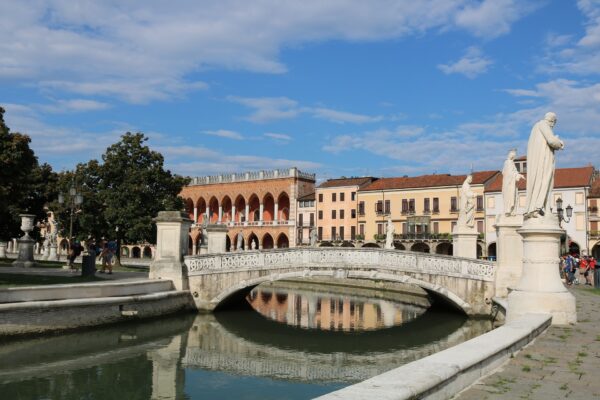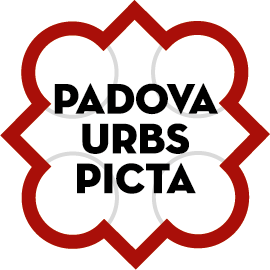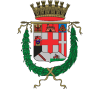1. Giotto and the series of frescoes of fourteenth century Padova
The famous Padua Urbs Picta, officially recognised by UNESCO in summer 2021, represents the most prestigious and important element of fourteenth century Padova.
8 different sites, divided into four components: Scrovegni and Eremitani (1), Palazzo della Ragione, Reggia, Baptistery and their squares (2), Cittadella antoniana (3) e Oratorio di San Michele (4).
Giotto, Guariento, Giusto de’ Menabuoi, Altichiero da Zevio, Jacopo Avanzi e Jacopo da Verona are among the famous names in all this: what are you waiting for? Download the map!
2. Botanical Garden of the University of Padova
The Botanical Garden of Padova (1545) is the oldest university botanical garden in the world. Over the centuries it has preserved its original location and most of the characteristics of the sixteenth-century structure. It has always been a place of scientific research, cultural and educational exchange, and it has been in the World Heritage List since 1997.
In 2014 the Botanical Garden expanded its botanical heritage inaugurating the Biodiversity Garden: five large greenhouses that offer a journey through five different biomes. Mixing botany and anthropology, the Garden of Biodiversity illustrates the history of the relationship between man and plants and accompanies the visitor in the discovery of plants from tropical rainforests, but also temperate, Mediterranean and arid areas. Between the Ancient Garden and the Garden of Biodiversity, today it features more than 3,500 species and many historical trees, first of all the Palm of St. Peter planted in 1585.
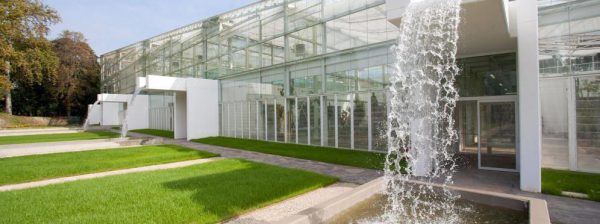
3. Basilica of St. Anthony and the “Last Path”
A “Nameless Saint”, patron saint of the city: Anthony of Padova is venerated all over the world by pilgrims who come to Padova every year to pray at the Ark of the Saint or in the cloisters of the convent. It is possible to retrace the so-called “Last Path”, namely the route taken by Saint Anthony in June 1231 from the Antonian Sanctuaries of Camposampiero to the Basilica of the Saint in Padova, going by the place where he died on June 13, the Antonian Sanctuary of Arcella. The Path continues even after the Basilica of the Saint: the “Long Path” goes from Bologna to the Sanctuary of La Verna. Discover all the sites of the Saint.
4. Palazzo della Ragione and the Sotto Salone
The heart of the city’s economic life, today as in the past, the Palazzo della Ragione is one of the symbols of Padova and is dated 1218. A large hanging hall houses a medieval astrological cycle, but also the Vituperio stone, on which insolvent debtors were obliged to beat their buttocks three times after having undressed (the practice is at the origin of the Italian expression “to remain in canvas pants”), and the large wooden horse made by Annibale Capodilista for a carousel and later donated by his family to the city. A reconstruction of the Foucault pendulum was added in 2006.
On the ground floor there is the oldest covered market in Europe, known as Sotto Salone: two corridors with historic stores and grocery stores, delicatessens, bars and butchers where you can find genuine products in a unique environment.
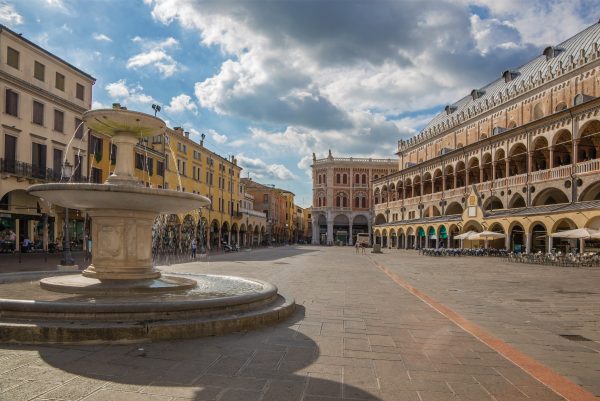
5. Caffè Pedrocchi
In addition to the “Grass-free meadow” and the “Nameless Saint”, in Padova there is also the “Doorless Cafè“: we are talking about the historical Caffè Pedrocchi, which used to be open day and night from the day of its opening in 1831 until 1916. A meeting place for students, artists, men of letters and patriots, it is the work of architect Giuseppe Jappelli. The Pedrocchino, an elegant neo-gothic building reserved for pastry making, was placed by its side in 1836.
6. Spritz, “graspe” and wines
Drinking in company knows no crisis: if you are in Padova you must drink spritz sitting in the shadow of Palazzo della Ragione in Piazza delle Erbe or Piazza della Frutta, or at the foot of the Clock Tower in Piazza dei Signori. For the most refined palates there is grappa (in Paduan dialect “graspe”), such as Bonollo’s “Of” produced in Mestrino with barrique amarone, the revolutionary six-star vintage which goes beyond luxury. There is also a rich list of local wines: from Merlot to Cabernet, in addition to the various Fior d’Arancio produced in the nearby Euganean Hills or Chardonnay and the Friularo Ambassador of the Cantine del Conselvano.
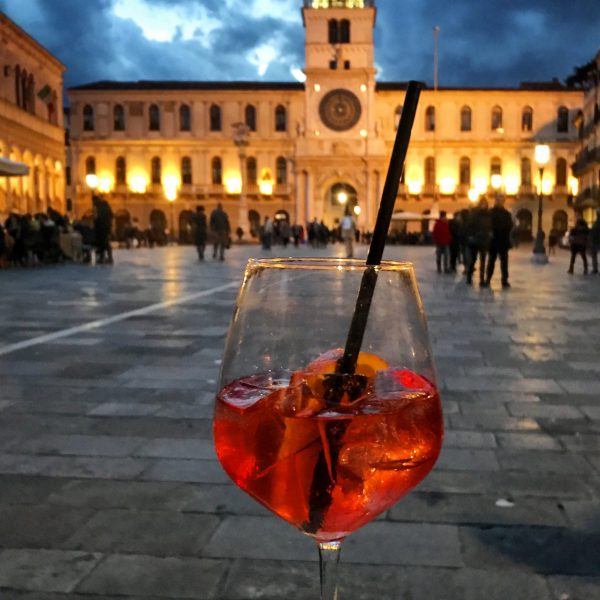
7. Route along the walls
By bike, on foot or by boat: the tour of the walls of Padova takes you through 500 years of history. They are Renaissance and medieval walls that once protected the city centre: you can visit this heritage by passing through 19 bastions and 6 still existing gates.
8. La Specola Astronomical Observatory
The Astronomical Observatory of Padova is commonly known as the Specola Tower or the Tower of Galileo as it is often mistakenly considered the place where the famous Pisan scientist made his extraordinary astronomical discoveries. Indeed, the Tower with its 200 steps was built at a later date, but today it still has on display the ancient instruments used for research by the “science of the sky”. The visit to the astronomical museum now takes place over the entire tower (200 steps, no elevator), using all the rooms used by the Paduan astronomers of the past centuries. Click here for more information.
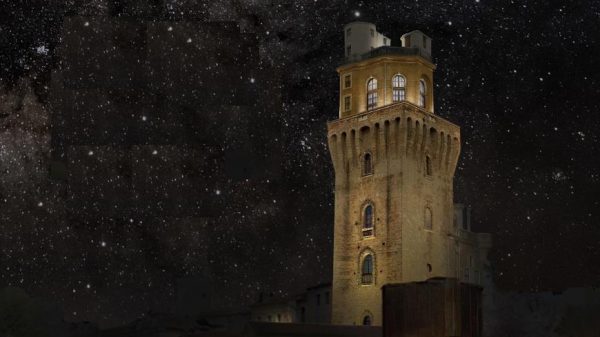
9. In Burchiello all the way to Venice
From March to October visitors can go on the Burchiello, a mini cruise leaving from the historic port of Porta Portello in Padova sailing past the Veneto Villas of the Riviera del Brenta all the way to Venice and vice versa. The cruise gives tourists a taste of art and history along the route of the ancient Venetian Burchiello of the 1700s. A licensed tourist guide will be on the cruise accompanying tourists along the river crossing and inside some of the Veneto Villas of the Riviera: Villa Foscari also known as La Malcontenta, Villa Widmann of Mira and Villa Pisani in Stra. At lunchtime tourists can go to the famous restaurant Il Burchiello in Oriago, where the boat docks. Click here for more information.
10. Prato della Valle and the Basilica of Santa Giustina
The so-called “Grass-free meadow” is like a real open-air museum in which the historical residences that surround it and the 78 statues that decorate it can tell us about the past, not only of Padova but of the whole of Europe. A weekly market takes place here on a Saturday, while every third Sunday of the month there is the antiques market but there is no lack of events and shows throughout the year.
A meadow that witnesses small groups of people enjoying the shade lying on the grass of Isola Memmia on hot summer afternoons, but also more sporty young people who prefer skateboarding, skating or jogging along the outer ring.
